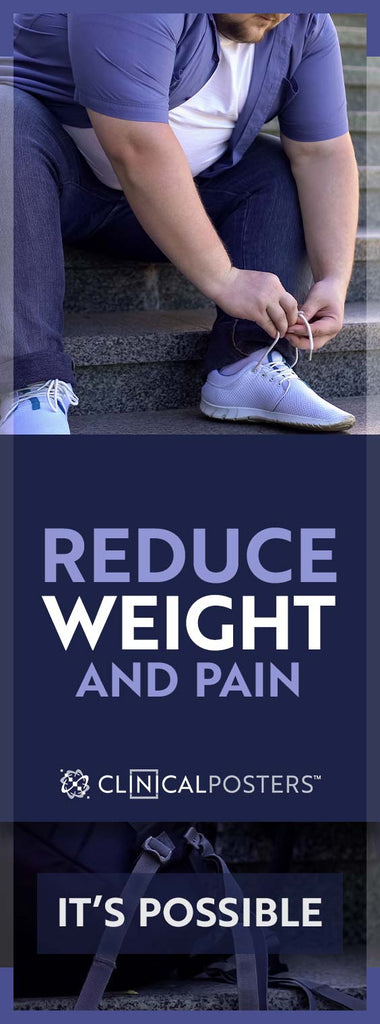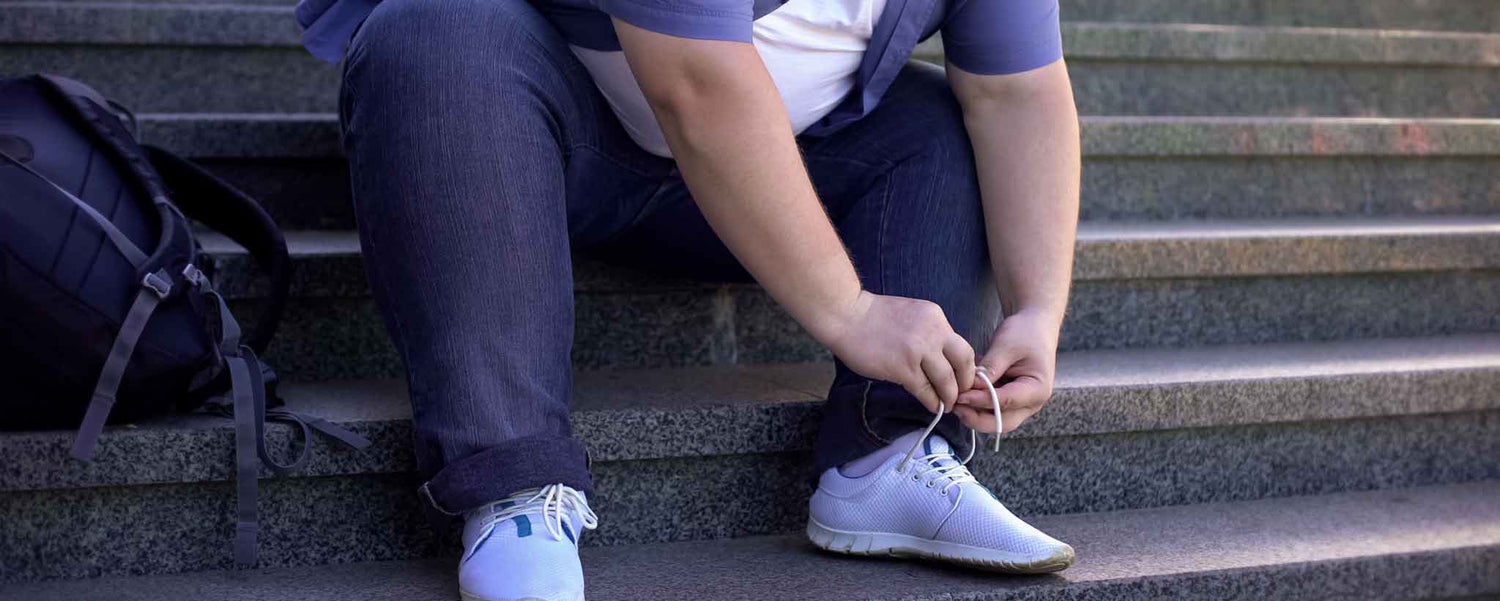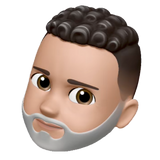There is a correlation between chronic pain and obesity. Will losing weight ease the pain?
Chronic Pain Can Correlate With Obesity
We can be pleasantly plump and healthy or neither pleasant nor healthy. With so much diversity in body size, over twice as many obese persons report low back pain. Obesity is defined as an individual with a Body Mass Index (BMI) of 30 kg/m2 or higher. Additional correlations are reported between obesity, depression, and morbidity.
Is every man, woman, and child who is medically obese going to have lower back pain? Conversely, will everyone with lower back pain become obese? By correlation, we mean the outcomes coexist without a determination of which causes the other. Someone who is obese with chronic pain has two goals: Decrease pain and lose weight. Hopefully, one goal helps the other.
The prevalence of low back pain increases as BMI rises; less than 3% of people in the normal BMI range (18.5 kg/m2 to 24.9 kg/m2) reported low back pain, whereas 7.7% of obese (above 30 kg/m2) and 11.6% of morbidly obese (40 kg/m2) individuals reported low back pain in the United States cohort study of 6,796 adults.
Are you willing to get help to achieve your goals?
Think how difficult it is to lift a 5-gallon water bottle. It weighs 44 pounds (20 kg). Now imagine carrying this water bottle around with you wherever you go—to work, on your morning jogs, around the house, and when you sleep in bed. Losing that much weight brings relief to your back, hips, knees, feet—your entire musculoskeletal support system.
Ask yourself, “Am I doing anything to lower my BMI?” If so, keep at it. If your actions or results are less than favorable, are you willing to get help to achieve your goals? If you are questioning whether you are overweight, can you pinch a handful of flesh at your waist, thigh, or chin?

Weight-Loss Suggestions
Without going on a diet, here are some simple things to do that will result in moderate weight loss over time. When grocery shopping, avoid empty-calorie foods like crackers, chips, and cookies. Replace them with nuts (unless you are allergic) or carrots and celery. Substitute one of your daily meals with a salad—if not every day, then four times per week. Drink water instead of diet soda.
Eating healthy produces little visible reward when you are obese. Regularly schedule exercise to burn calories. To cope with chronic pain, consider over-the-counter pain relievers or see your doctor for a prescription.
A healthy weight is not a cure for all obesity, but it can reduce strain on joints—possibly making chronic backache manageable with less medication. You may lack the personal perseverance to remain healthy. That’s understandable.
Consider that the amount you pay a personal trainer for several months is more than the cost of one ambulance ride for a major obesity-related event. How would you prefer to spend your money?
To support the writing of useful articles about nutrition, ClinicalPosters sells human anatomy charts, scientific posters, and other products online. You may sponsor specific articles, become a ClinicalNovellas Member, or remit a small donation.
ClinicalPosters sells human anatomy charts, scientific posters, and other products online to offset expense of the writing useful articles about nutrition. Slide extra posters into DeuPair Frames without removing from the wall.
Show your support by donating, shopping for ClinicalPins, becoming a ClinicalNovellas Member, or leaving an encouraging comment to keep the research going.
To support the writing of useful articles about nutrition, ClinicalPosters sells human anatomy charts, scientific posters, and other products online. You may sponsor specific articles or remit a small donation.
ClinicalPosters sells human anatomy charts, scientific posters, and other products online to offset expense of the writing useful articles about nutrition. Slide extra posters into DeuPair Frames without removing from the wall.
ClinicalPosters sells human anatomy charts, scientific posters, and other products online. You may remit a small donation or become a ClinicalNovellas Member.
You can support the writing of useful articles about nutrition by sponsoring specific articles, becoming a ClinicalNovellas Member, or remitting a small donation. Visible content is optimized for device size.






 Romance & Health Intertwine. Fall in love with a captivating romance miniseries that explores the essence of well-being. Become a ClinicalNovellas member for heartwarming tales.
Romance & Health Intertwine. Fall in love with a captivating romance miniseries that explores the essence of well-being. Become a ClinicalNovellas member for heartwarming tales.





